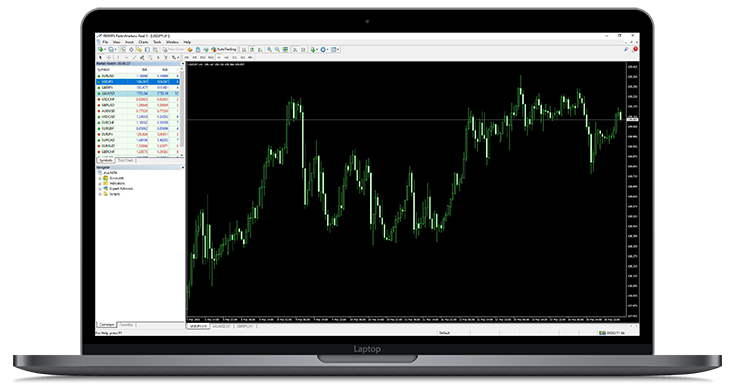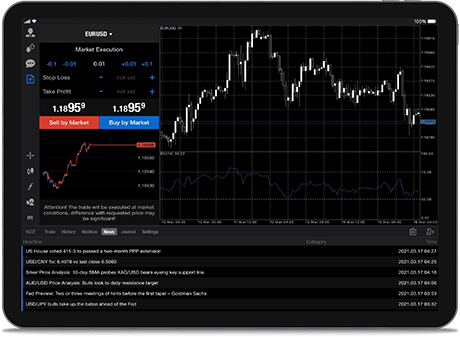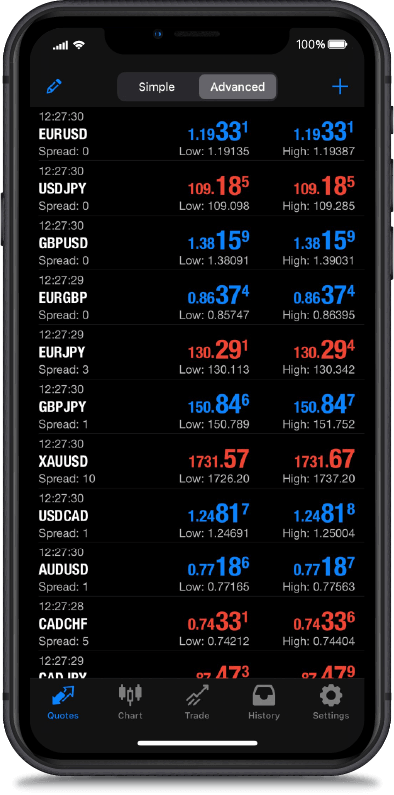ТАНЫ АРИЛЖАА ХИЙХ БРОКЕР
MetaTrader 4/5 платформоор Forex, CFD, индекс, металл зэрэг 1000 гаруй бүтээгдэхүүнд нэвтрэх боломжтой.
ШУУД СПРЕД
EUR / USD
SPREAD
0.00
ЗАРАХ ХАНШ
-----
АВАХ ХАНШ
-----
XAU / USD
SPREAD
0.90
ЗАРАХ ХАНШ
-----
АВАХ ХАНШ
-----
EUR / JPY
SPREAD
0.10
ЗАРАХ ХАНШ
-----
АВАХ ХАНШ
-----
USD / JPY
SPREAD
0.00
ЗАРАХ ХАНШ
-----
АВАХ ХАНШ
-----
GBP / USD
SPREAD
0.20
ЗАРАХ ХАНШ
-----
АВАХ ХАНШ
-----
Шууд үнэ нь зөвхөн үзүүлэлт юм.
СТАНДАРТ
Шимтгэлгүй
PIPS
XAU/USD
PIPS
EUR/USD
PIPS
USD/JPY
PIPS
EUR/JPY
PIPS
GBP/USD
PIPS
EUR/GBP
- Орлого хийх доод хэмжээ $100
- хөшүүргийн дээд хэмжээ 1 : 500
RAW
Low Commission
$2.5/side
PIPS
XAU/USD
PIPS
EUR/USD
PIPS
USD/JPY
PIPS
EUR/JPY
PIPS
GBP/USD
PIPS
EUR/GBP
- Орлого хийх доод хэмжээ $100
- хөшүүргийн дээд хэмжээ 1 : 500
ТАНД ХАМГИЙН ТОХИРОМЖТОЙ
ДАНСНЫ ТӨРӨЛ
ДАНСНЫ ТӨРӨЛ
RADEX MARKETS өрсөлдөхүйц арилжааны тохиргоо, гүйцэтгэлийг санал болгон ажиллаж байна.
БИДЭНТЭЙ ХАМТ АРИЛЖААНЫ АЯЛАЛАА НЭГ АЛХАМ АХИУЛААРАЙ
Бидний санал болгож буй оновчтой шинэлэг шийдлүүдийг өөрийн арилжаандаа нэвтрүүлэн урьд өмнө хэзээ ч байгаагүй арилжааг хийцгээе. Манай хэрэглэгчдэд ээлтэй платформ нь зах зээлийг хялбархан удирдах боломжийг танд олгоно.











